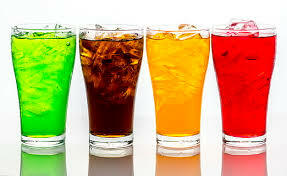Improving measurement of reducing sugar content in carbonated beverages using Fehling’s reagent
(1) Shanghai Foreign Language School Affiliated to Shanghai International Studies University Shanghai, China, (2) School of Chemistry and Molecular Engineering, East China Normal University Shanghai, China
https://doi.org/10.59720/20-009
Growing dietary sugar intake has been associated with the increasing global prevalence of obesity and diabetes. As a result, several health organizations recommend reduction in daily sugar. In the sugar industry, the Fehling’s method is still the most commonly used for determining the reducing sugars in sugar products. However, it is difficult to control the experimental conditions and determine the terminal point of titration by color change. Therefore, this investigation explored the optimal concentrations of the constituents and reaction temperature of Fehling’s reaction and determined the reducing sugar content of three best-selling beverages in China using the optimal method. The results showed that the optimal concentrations of Fehling’s reagent are: solution A: 0.075 mol/L copper sulfate; solution B: 0.075 mol/L potassium sodium tartrate, and 1.5 mol/L sodium hydroxide. The optimal temperature for the reaction is 75 oC. The content of reducing sugar in the three beverages, Maidong, Xiaoming tongxue, and Coco milk tea determined by the improved Fehling’s reagent is 1.801 g/100 ml, 5.483 g/100 ml, and 9.956 g/100 ml, respectively. The improvement of Fehling’s reagent might enhance the accuracy and efficiency for reducing sugar test. The high content of reducing sugar in these best-selling beverages may allow consumers to better understand the nutritional content of their favorite drinks and may help them decrease their sugar intake.
This article has been tagged with: